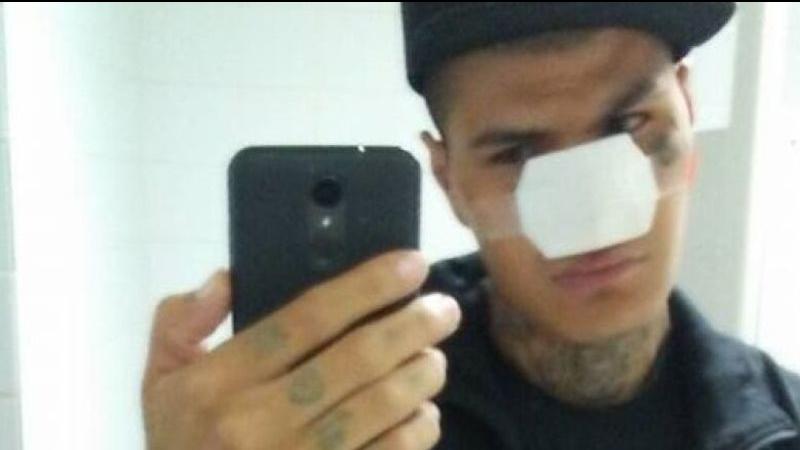
Inmate abused prescribed medication, says witness at inquest
CONTENT WARNING: The following story contains graphic depictions of self-harm and suicide.
Why an inmate with a storied history of self-harm was transferred back to Saskatchewan Penitentiary, and not the Regional Psychiatric Centre (RPC) in Saskatoon, was the main question during day three of a coroner’s inquest in Prince Albert.
Curtis McKenzie, 27, was pronounced deceased in hospital on March 9, 2020, about a week and a half after being found hanging from his cell door in the prison’s medium security unit.
The purpose of the inquest is not a fault-finding mission such as in criminal trials. Rather, the hearing is to determine the facts surrounding McKenzie’s death and whether recommended changes could prevent similar deaths.


